4 Styles of Pressure Dressings Explained
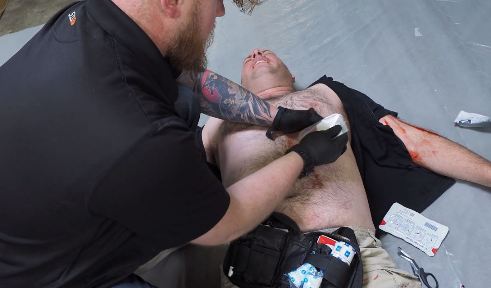
Tourniquets enjoy too much of the spotlight. With all the glorious combat saves a good TQ has, the hardworking pressure dressing gets forgotten in civilian emergency preparedness.
Yes, of course TQs are important, but they only count for approximately ¼ of your body. There are other places where a wound would be life-threatening, but untreatable with most tourniquets.
That’s where a good pressure dressing and wound packing comes in. It handles the bleeding that TQs miss.
Pressure dressings share a broad category of what is more technically known as elasticized bandages. This means there is elastic that is providing a circumferential compression on the limb to assist in bleeding control. Or, the stretchiness of the material makes it tight and helps stop bleeding.
Bleeding control comes more from wound packing since the gauze material is placed on top the bleeding artery. A pressure dressing adds an extra layer of protection and allows the medic a degree of confidence that the wound packing material will remain where they want it.
This also frees the medic up from having to hold the wound packing material in place and then can move to focus attention on other wounds or survivors.
Here are the 4 that we carry here at Mountain Man Medical because these are the ones I trust for use on my own family.
The Israeli Style Pressure Bandage
This is perhaps the most widely known pressure bandage since it was the first to utilize a method for applying additional pressure over the wound site via the clip. This style comes in two primary sizes, 4” and 6”.
It can be a little bulky, so I don’t often see these in small individual trauma kits, but tend to see them more in larger aid bags like the kind medics would carry.
While the clip of this bandage does a good job of applying additional pressure, it isn’t intuitive to use since most people I see applying this bandage don’t do it right. Most don’t know to go through the clip, then back over the top and reverse direction with the wrap.
Its important to train and know how to use all the items in your kit, so make sure that if you do decide the Israeli style is the right choice, you know what you’re doing.
The Israeli Style pressure bandage is a workhorse and if I pull one out of a kit, I’d be glad to see it.
The OLAES Modular Pressure Bandage
Innovative in the simplest way, the OLAES combines wound packing material along with your bandage. This cuts down on space since you are carrying one item instead of two, and both are in easy reach for life saving.
The OLAES has a way of increasing pressure over the wound site but goes about it differently than the Israeli style dressing. Instead of a clip, the OLAES is fitted with a shallow plastic cup. When the bandage is stretched tight around the wound, the cup increases pressure for improved bleeding control.
The OLAES Hemostatic Bandage is very similar, but the wound packing material has been replaced with ChitoGauze, a hemostatic that helps the blood to clot more quickly and further improve bleeding control. A great item to have in your kit for extending your resources and increasing efficiency and effectiveness.
The Emergency Trauma Dressing (ETD) 4 in.
The ETD is produced by North American Rescue one of the most trusted producers of trauma gear in the US. I consider this to be a universal dressing intended for smaller wounds. It will help to keep the wound clean and dry while also decreasing the bleeding.
I might also use this dressing in a pinch to make an improvised sling/swath, or to keep a splint in place.
Elastic Bandages
Yet one more item that has multiple uses. This type of bandage is better known by the brand name ACE Wrap and can be used as a pressure dressing in the exact same way as the ETD above.
Be sure you have some sort of absorbent materials on hand if you are planning to use it for wounds. I recommend some small rolls of gauze. You might also use this to wrap sprains and strains, or anything else you can think up uses for it.

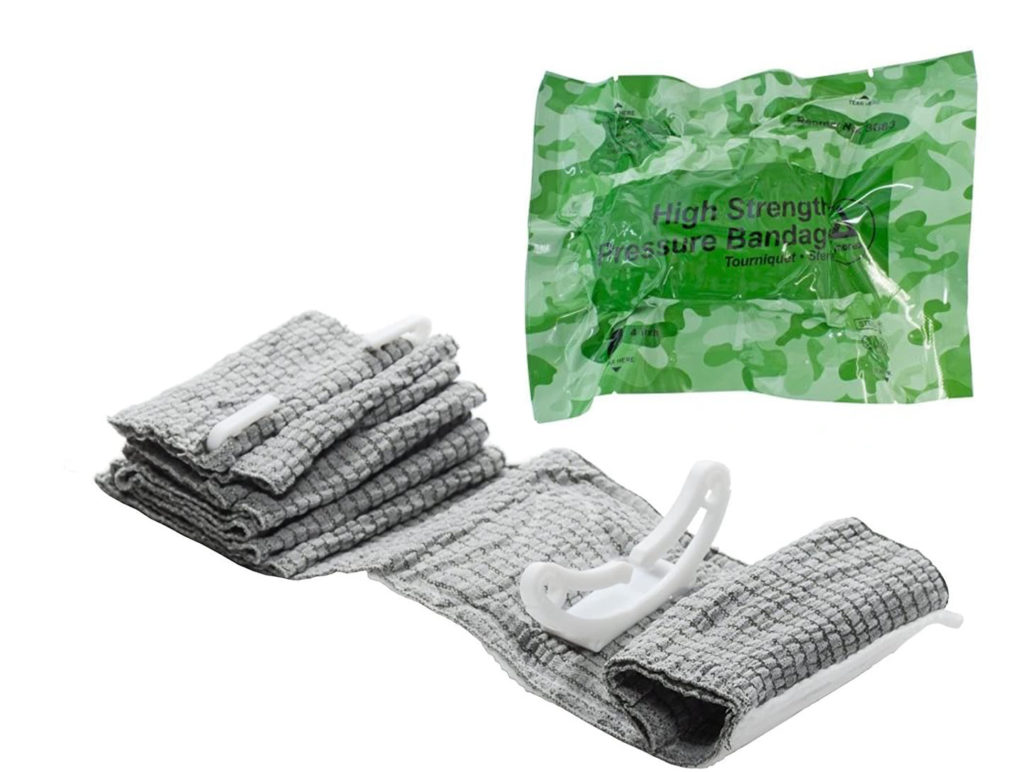
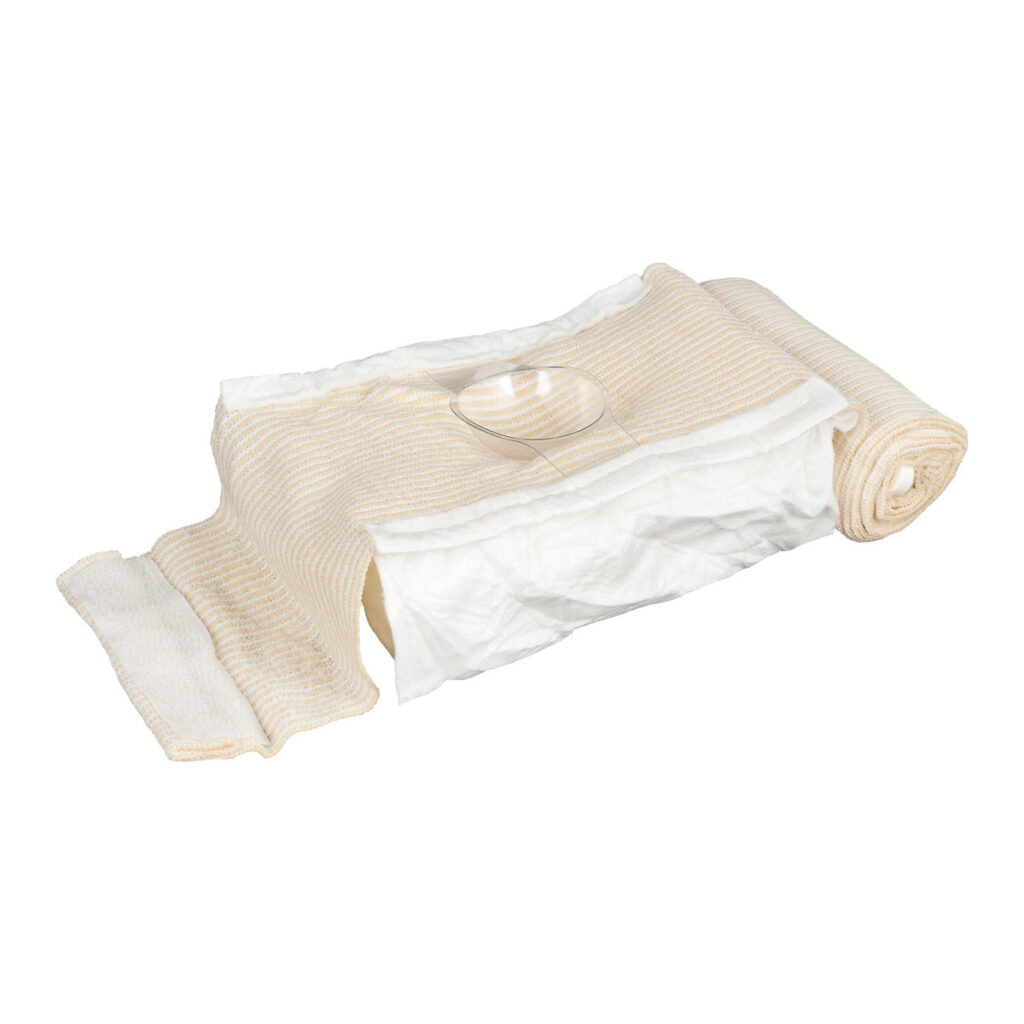
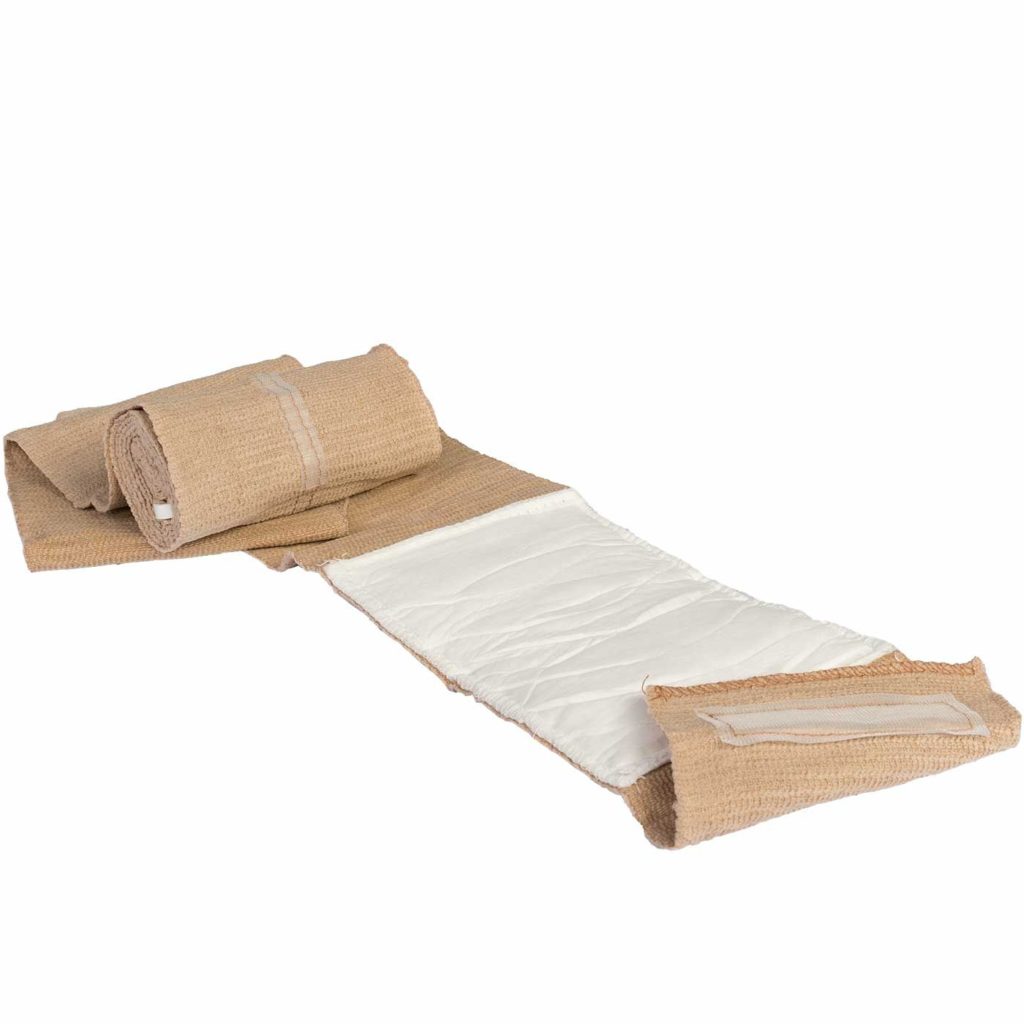
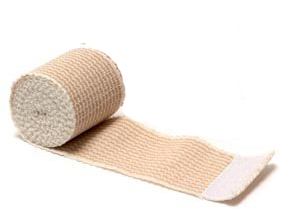
If the Israeli bandage is not intuitive to apply, perhaps you could do a short video on applying it so we don’t have to ‘waste’ one figuring it out on our own.
A video is on the way! Thanks Michael!
its all the stupid tats that make you such a bad@$$ live saver and heart breaker. this country is a freak show.
Why did the H pressure bandage stop being used. After a few malfunctions with the Israeli bandage and hook Sangin Afg, my unit completely replaced them all with the H.
In the last several years Safeguard Medical has purchased up a lot of other companies. Those include Water-Jel, Combat Medical, Prometheus, H&H, and PerSys Medical. After they bought PerSys, which makes the original Israeli, they discontinued all the H&H pressure bandages. From my perspective they just consolidated the product lines and cut out things they felt were unnecessary or low sellers.